Milwaukee is the home and eponym of Cream City brick, much of it made right in the Menomonee Valley near Downtown.
Here – in honor of Dan Atkinson's upcoming show of artwork created with Cream City bricks – is a quick tour of some fine examples of a variety of Brew City building types executed in this Milwaukee material.
Row houses

I'm enamored with Walter Holbrook's lower East Side Friedmann Row houses, 1537-45 N. Cass St., with their bulbous arches. Holbrook drew the absolutely gorgeous row of townhouses for real estate investor and men's clothier Ignatius Friedmann in 1891.
Italianate house
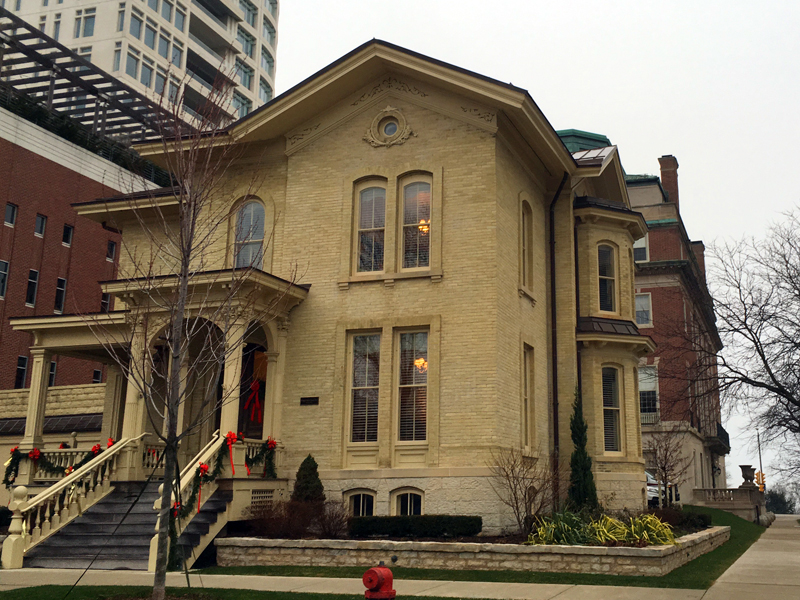
This Italianate home at 800 N. Marshall St. was built in 1872 for Milo P. Jewett, who five years earlier co-founded the Jewett & Sherman Co., a grocery retailer and distributor. The architect is unknown. When I moved to Milwaukee in the 1980s, the building was home to the Swedish Consulate (seriously). I'm pretty sure it was also painted until it was restored a while back.
Church
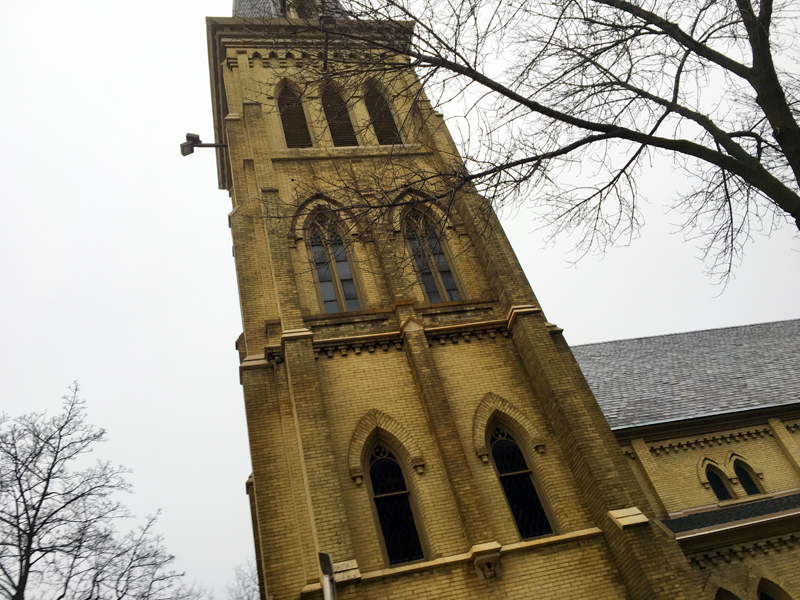
All Saints Episcopal Cathedral, 828 E. Juneau Ave. was built in 1868 to plans by Edward Townsend Mix. With an impressive soaring spire, a prominent clerestory and surviving support buildings surrounding a courtyard, Mix created an cluster of cream city Gothic beauty.
Brewery building

Some of the buildings have come down over the years, but the German New Renaissance-style Schlitz brewery complex still has a number of beautiful examples, including the stock house with its distinctive tower, executed in Cream City brick and designed by architect Fred W. Wolf in the 1880s.
School house

Walter Holbrook – erstwhile partner of Edward Townsend Mix – designed the Queen Anne Trowbridge Street School, 1943 E. Trowbridge St., schoolhouse in Bay View, with its sturdy and regal arched entry. There was a time when most every 19th century MPS building wore its original Cream City brick face, but a few decades ago paint was applied to most of them. Trowbridge is reportedly the only such building to have never been slathered.
Civic building
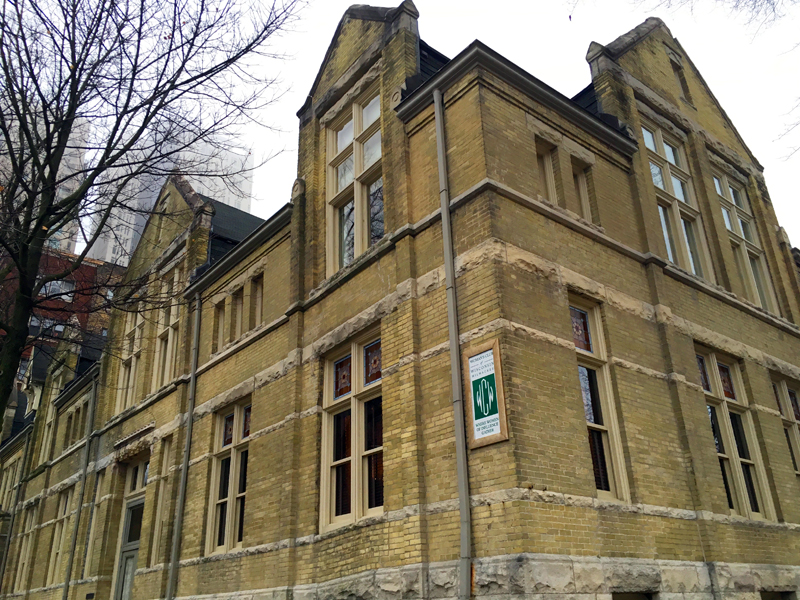
The Women's Club of Wisconsin, 813 E. Kilbourn Ave., was designed by George Ferry and is an elegant clubhouse, erected in 1886, befitting a high-society women's club.
Tavern
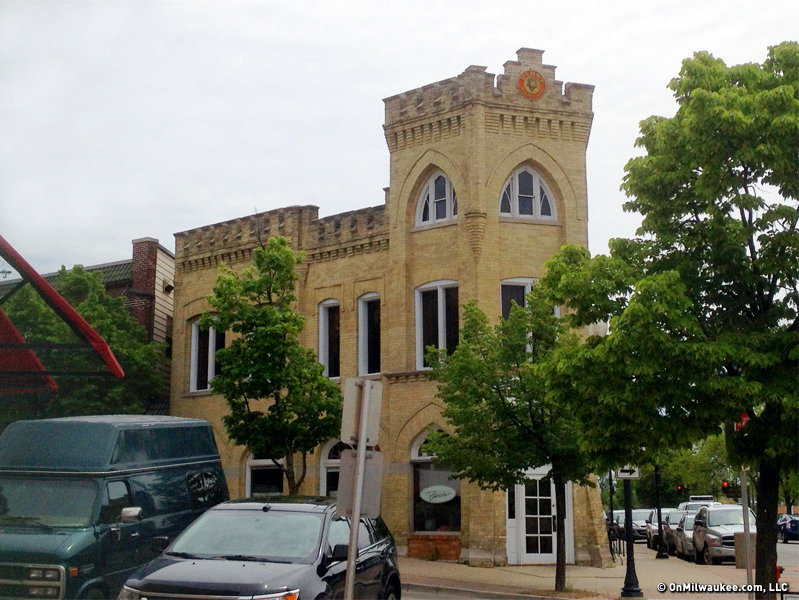
The Ristorante Bartolotta building, 7616 W. State St. in Wauwatosa, was built by The Pabst Brewing Co. in 1902 as the Charles Jacobus Saloon. Designed by Pabst's favorite architect, Otto Strack, this crenelated Gothic castle-like building served as a tied-house – that is, a brewery-owned bar.
Born in Brooklyn, N.Y., where he lived until he was 17, Bobby received his BA-Mass Communications from UWM in 1989 and has lived in Walker's Point, Bay View, Enderis Park, South Milwaukee and on the East Side.
He has published three non-fiction books in Italy – including one about an event in Milwaukee history, which was published in the U.S. in autumn 2010. Four more books, all about Milwaukee, have been published by The History Press.
With his most recent band, The Yell Leaders, Bobby released four LPs and had a songs featured in episodes of TV's "Party of Five" and "Dawson's Creek," and films in Japan, South America and the U.S. The Yell Leaders were named the best unsigned band in their region by VH-1 as part of its Rock Across America 1998 Tour. Most recently, the band contributed tracks to a UK vinyl/CD tribute to the Redskins and collaborated on a track with Italian novelist Enrico Remmert.
He's produced three installments of the "OMCD" series of local music compilations for OnMilwaukee.com and in 2007 produced a CD of Italian music and poetry.
In 2005, he was awarded the City of Asti's (Italy) Journalism Prize for his work focusing on that area. He has also won awards from the Milwaukee Press Club.
He has be heard on 88Nine Radio Milwaukee talking about his "Urban Spelunking" series of stories, in that station's most popular podcast.

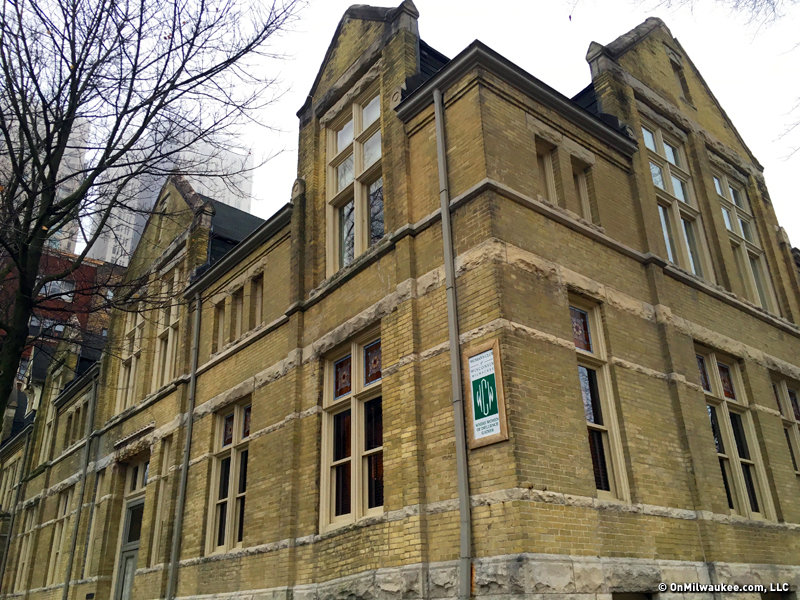


%20copy.jpg)


